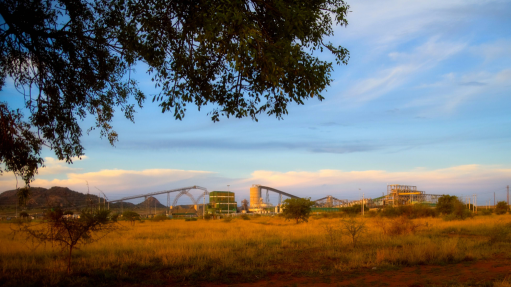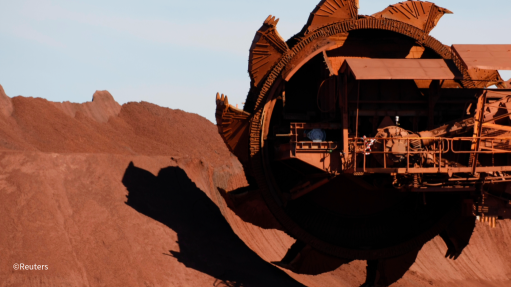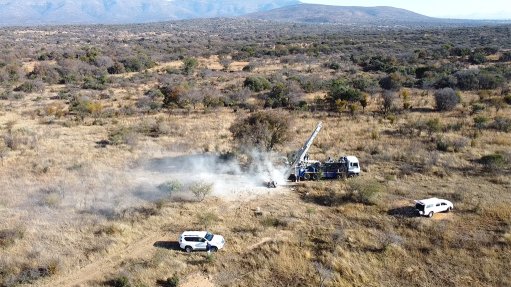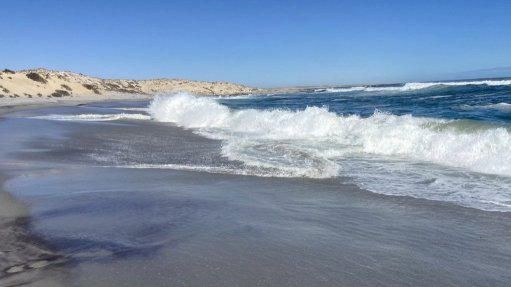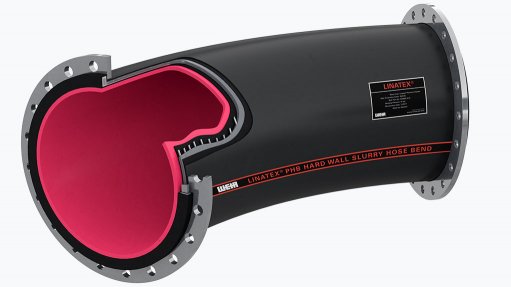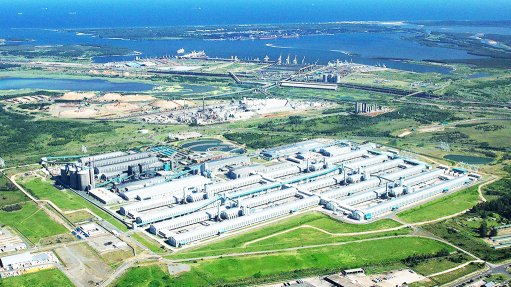Satellite ocean colour maps warn abalone farmers of harmful algae

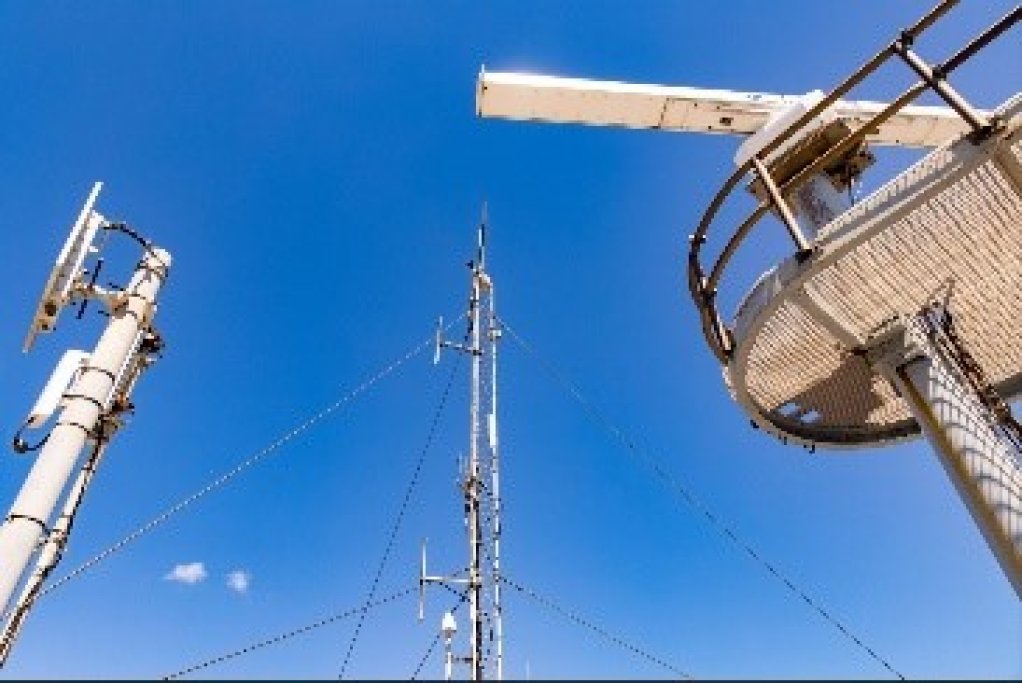
EARLY WARNING Satellite ocean colour maps provide early warnings against approaching red tides to safeguard these animals and the jobs of aquaculture workers that take care of them
The Council for Scientific and Industrial Research (CSIR) has developed an online tool that enables abalone farmers along South Africa’s coast to leverage ocean colour maps to track marine algal blooms that could harm their export molluscs.
The free, easy-to-use tool, available through the Fisheries and Aquaculture Decision Support Tool of the National Oceans and Coastal Information Management System (OCIMS), interprets ocean colour and temperature data from the Copernicus Sentinel-3 polar-orbiting satellite so that abalone farmers can monitor approaching harmful red tides in near real time.
“The combination of upwelling, followed by calm conditions or marine heatwaves, can cause microscopic algae to proliferate. Abalone can be sensitive to certain species of bloom-forming algae,” says CSIR marine Earth observation expert and lead expert behind the Fisheries and Aquaculture Decision Support Tool Dr Marié Smith.
“There are different mechanisms of harmful algal blooms; some cause toxins, and some toxins are harmful to certain species but not to others. Some blooms are harmful in that they cause mechanical damage – they might be spikey and stick in fish gills, for instance,” adds aquaculture facility Abagold research and sustainability manager Sarah Halse.
An abalone farm’s scientific team routinely checks for signs of harmful algae in incoming seawater; however, ocean colour maps from satellite data can now track algal blooms before they even reach an aquaculture facility.
At Abagold, the staff of about 400 tend to about 15-million of these animals, which grow through various stages of life in the very same seawater: intake pipes fill 5 000 tanks directly from the ocean below.
Satellite information provides a much larger spatial scale of information than could be obtained with a single sample at the farm at the intake pipe, Smith explains.
“In 2017, we had an algal bloom that we were unprepared for. We had mortalities of about 40% in that year. Millions of abalone in the Walker Bay area were killed as phytoplankton numbers got out of hand, producing toxins that caused a harmful ‘red tide’ throughout nearby bays,” says Abagold COO Marius Hugo, pointing out that the company’s biological stock has taken years to rebuild.
Smith says that if the satellite imagery and tool had been available in 2017, abalone farmers would have had more time to take protective measures, including closing intake pipes, changing filters and adjusting feeding schedules to preserve the water quality for their animals.
Abagold and nearby aquaculture facilities have since learnt to anticipate harmful algal blooms using the OCIMS tool, along with ongoing support from Smith and the CSIR.
“The aquaculture industry is really integrated in the community. It is a large provider, a driver of the economy and the small local economy. A lot of the jobs that were dependent on the fisheries and the ocean have transferred to the aquaculture sector,” Hugo says.
“Past, present and future satellite data is critical to safeguard these jobs, particularly in the context of the climate crisis where frequent and intense environmental hazards like marine heatwaves could worsen red tides,” Smith says.
In terms of climate change adaptation and being able to prepare for climate change impacts, satellite data is very valuable because the satellites have been up there for a long time, she continues.
This means ocean colour and temperature data trends can be analysed and used to model future scenarios.
“We can see if there’s more variable conditions or if the red tides have been increasing.”
The work, using ocean colour and temperature data from satellites, forms part of the country’s ocean economy plan to boost aquaculture jobs.
Article Enquiry
Email Article
Save Article
Feedback
To advertise email advertising@creamermedia.co.za or click here
Press Office
Announcements
What's On
Subscribe to improve your user experience...
Option 1 (equivalent of R125 a month):
Receive a weekly copy of Creamer Media's Engineering News & Mining Weekly magazine
(print copy for those in South Africa and e-magazine for those outside of South Africa)
Receive daily email newsletters
Access to full search results
Access archive of magazine back copies
Access to Projects in Progress
Access to ONE Research Report of your choice in PDF format
Option 2 (equivalent of R375 a month):
All benefits from Option 1
PLUS
Access to Creamer Media's Research Channel Africa for ALL Research Reports, in PDF format, on various industrial and mining sectors
including Electricity; Water; Energy Transition; Hydrogen; Roads, Rail and Ports; Coal; Gold; Platinum; Battery Metals; etc.
Already a subscriber?
Forgotten your password?
Receive weekly copy of Creamer Media's Engineering News & Mining Weekly magazine (print copy for those in South Africa and e-magazine for those outside of South Africa)
➕
Recieve daily email newsletters
➕
Access to full search results
➕
Access archive of magazine back copies
➕
Access to Projects in Progress
➕
Access to ONE Research Report of your choice in PDF format
RESEARCH CHANNEL AFRICA
R4500 (equivalent of R375 a month)
SUBSCRIBEAll benefits from Option 1
➕
Access to Creamer Media's Research Channel Africa for ALL Research Reports on various industrial and mining sectors, in PDF format, including on:
Electricity
➕
Water
➕
Energy Transition
➕
Hydrogen
➕
Roads, Rail and Ports
➕
Coal
➕
Gold
➕
Platinum
➕
Battery Metals
➕
etc.
Receive all benefits from Option 1 or Option 2 delivered to numerous people at your company
➕
Multiple User names and Passwords for simultaneous log-ins
➕
Intranet integration access to all in your organisation







